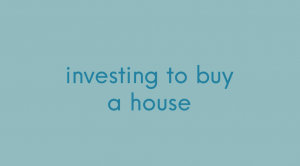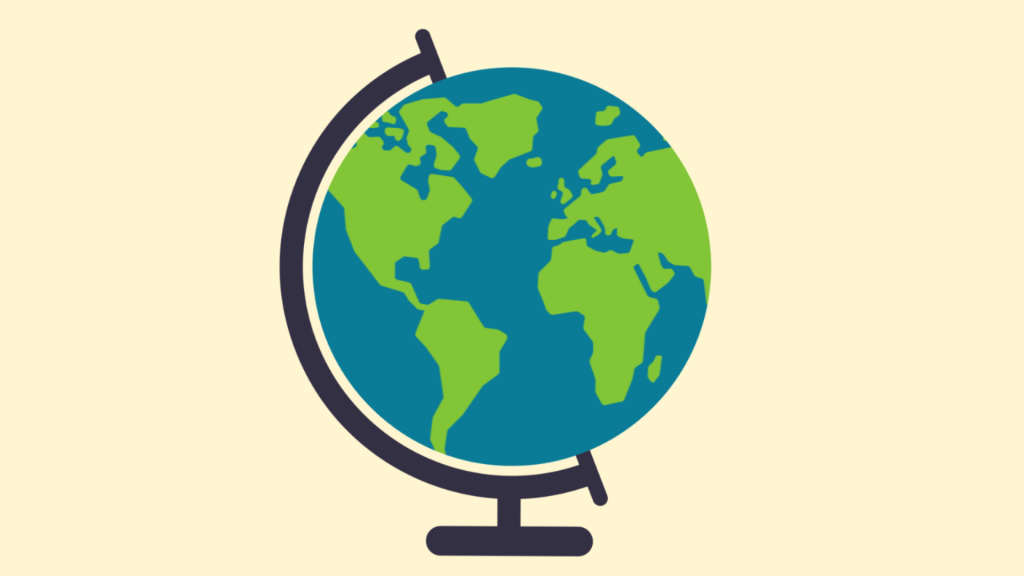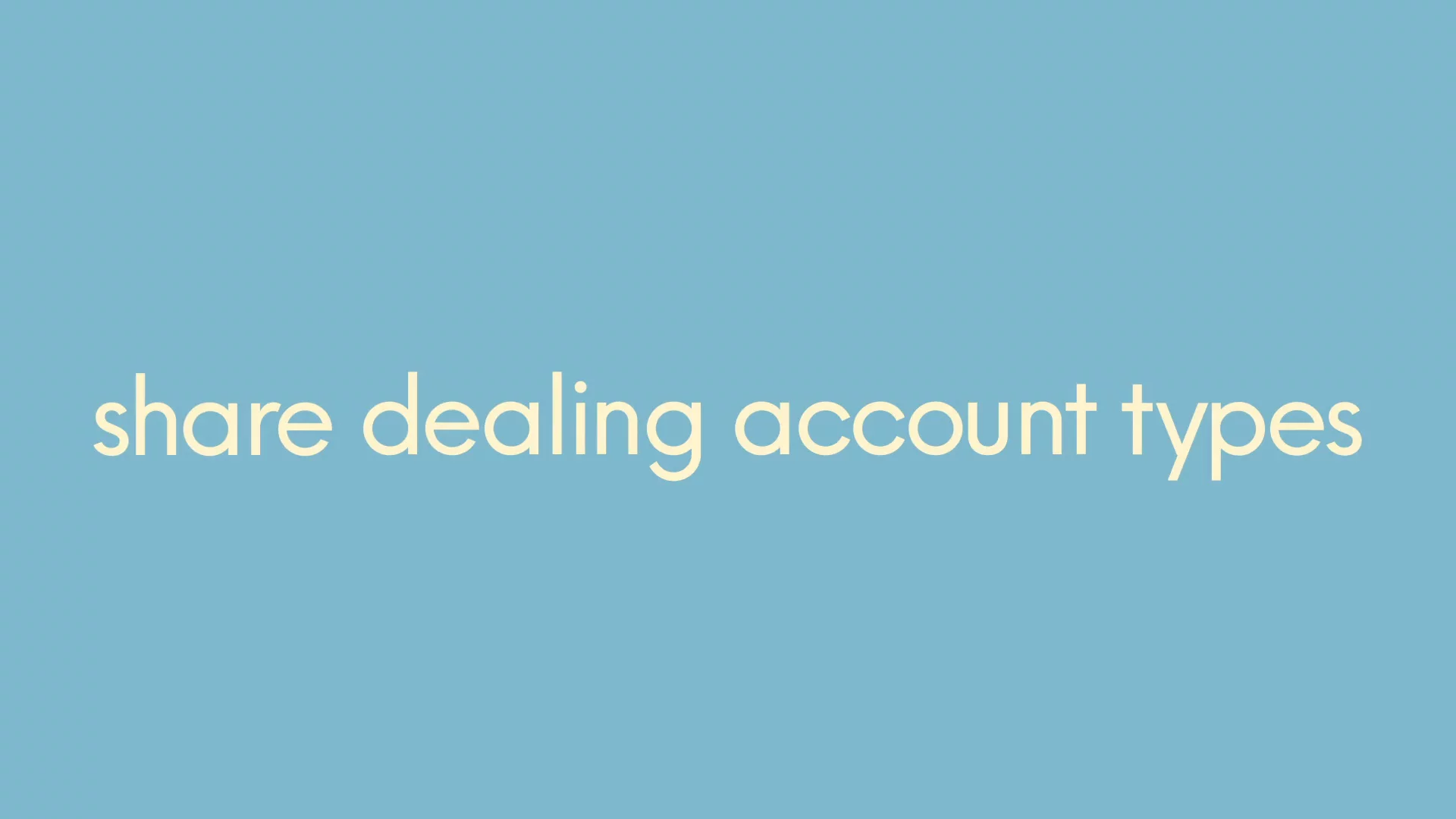Inflation is the rate of increase in prices for goods and services each year. There are a number of different measures of inflation in use. Most frequently quoted and the most significant ones are the Consumer Prices Index or CPI and the Retail Prices Index: RPI. The inflation rates are expressed as percentages.
If CPI is 3 percent this means that on average the price of products and services we buy is 3 percent higher than a year earlier or in other words you would need to spend 3 percent more to buy the same things that you bought 12 months ago.
Keeping your money in a savings account means it’s at low risk but if interest rates are low and the level of inflation is higher the real value of your savings is actually going down. For example a savings account with an interest rate of 1.4% isn’t keeping up with an inflation rate of 2.1% so your money is going backwards.
On the other hand history tells us that investments generally provide a greater return than cash even when taking inflation into account. Deciding which investment is best suited for you is understanding what your financial goals are and how much of a risk you’re comfortable with.
If you want to learn more about investing sign up to our newsletter and subscribe to our YouTube channel.




